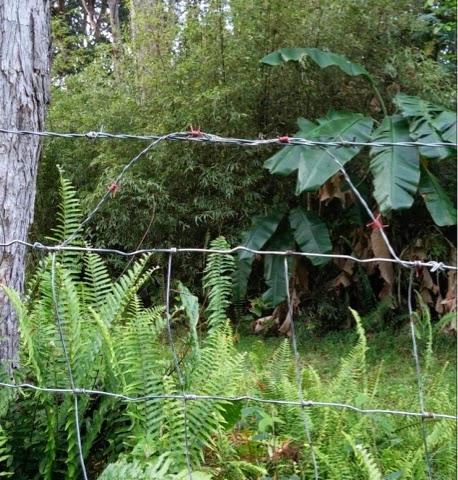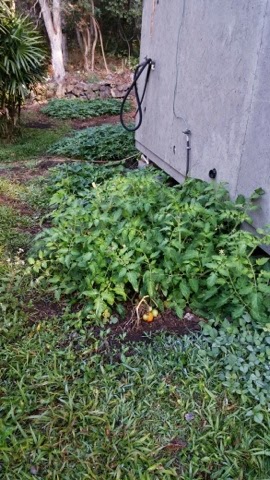(Note: it's been raining here so I haven't been getting photos taken. I'll add them later once the sun returns.)
I am often asked if I get attached to my animals that I raise for meat. Or a slight variation- how can I raise an animal knowing that it's going to be killed to be eaten? Yet another variation- how could I slaughter (actually they use the words murder or kill) an animal I raised and knew? All good questions for any non-vegetarian homesteader.
I know of several homesteader types and home gardeners who, while they grow their veggies, buy supermarket meat. They can't bring themselves to even consider raising their own meat. And while they are outspoken supporters of organic and non-chemical, they still buy their meat from a store.
This issue not only affects households nowadays and not just those who were grew up with no farm exposure. I recall my grandmother and great aunts/uncles/cousins remarking that they often traded animals with a neighbor or relative when it came time for slaughter. So even family farms sometimes were uncomfortable slaughtering or eating one of their own animals. It's a long standing issue.
In my own situation, I wasn't raised on a farm, nor by farming parents. But for some reason as a child, I was strongly attracted to farming. By 12 I already longed to attend agricultural high school, but that was not to be. I did happen to spend a few summers "out in the stix", while not actually on a farm, close enough to see some farm action, livestock auctions, feed stores, tractors, hay harvesting, and listen to farmers talking among themselves. I absorbed every moment.
When old enough to officially work, I landed a job with a veterinarian. Sweet heaven! Over the years I also took short stints doing various farm jobs -greenhouse laborer, crop picker, manure mucker, horse exerciser, etc.
So in my own case I've had some farm exposure though none of it was actual farming. I've taken a number of ag extension office classes where they taught various animal husbandry classes, which often included butchering. I've been a helper at many a home slaughter/butcher of hogs. And then their is my lifetime career in veterinary medicine. So even though not raised in a farm, I've had significant animal exposure.
So how can I? How can I raise an animal for food? Probably because of my experiences in veterinary medicine. Not that I became calloused or unfeeling. Just the opposite. I empathized with the animals.
First let it be known that I firmly believe that an animal should be fed a diet that it was designed for. That includes humans. I'm an omnivore and I accept that fact. So becoming a vegetarian or vegan (that term didn't seem to exist in my youth) wasn't something I could agree with.
Second, via my veterinary life I firsthand saw the inhumaneness (is that a real word?) of livestock keeping, transport, and slaughter. And I'll include other animals in with that, be them varmints, cats, dogs, birds, fish, etc. The degree of outright callousness and cruelty on the commercial use of animals is mind boggling, and heart wrenching. I learned early on that home raised meat, home slaughtered meat was the most humane way to go.
I personally have no objection the eating animals that I have personally raised and slaughtered. Not everyone in my family feels this way, and I respect their beliefs. But it is a point of contention on the homestead. So all's not peaceful paradise on the farm. But we've worked out a method of "don't question, don't say". So if that idea works for you, go for it.
But I too have some animals that I e become emotionally involved with to the point that I would not wish to kill and eat them. My ancestors obviously ran up against this too. Their solution was to swap animals with someone else. My solution has been to either keep the animal as a pet or producer, sell it, or swap it. Just recently I had to make a decision about one of my pigs, Hammie. I did not wish to see here eaten, so I kept her. She is now a producer for the farm, pregnant with her first litter.
Many other homestead farms have had to deal with this problem. Like Jenna, most have kept themselves emotionally detached and do not do the slaughter themselves. You do whatever works best for yourself. But the two things that won't work is ...
...1- keeping every animal you produce till it dies of old age.
...2- requiring people that you sell the animals to that they not eat them.
Neither of those options work well in the long run.










































